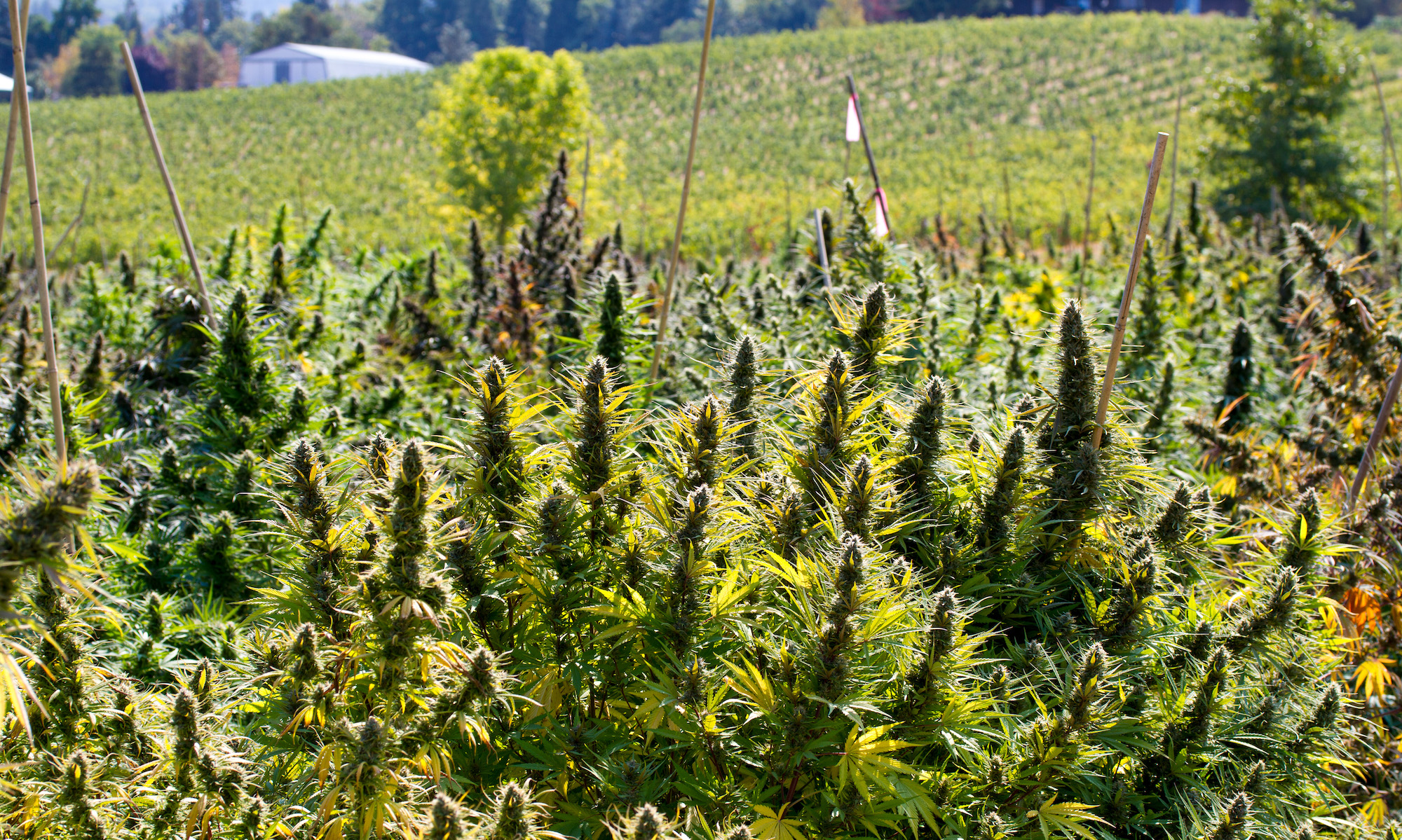- In recent decades, and thanks to its progressive legalisation, cannabis cultivation has evolved from a practice limited to a few traditional countries (such as Colombia, Mexico, and Morocco) to becoming widespread globally.
- This article explores how marijuana can be grown under the principles of permaculture, a system that seeks to integrate crops into natural cycles, thereby promoting greater respect for biodiversity and sustainability.

What is Permaculture?
The term permaculture, coined in the 1970s by biologist Bill Mollison, refers to a design philosophy that aims to mimic natural patterns to create a fairer and more sustainable interaction between humans and the environment.
In agriculture, this practice aims to create regenerative systems that enhance soil quality and soil micro life, as well as to reduce the use of fertilisers and pesticides.
Why is it Important to Implement Permaculture Principles in Cannabis Growing?
As legal markets are being established in several countries worldwide, cannabis growing is becoming a standard agricultural practice.
In some areas, such as Northern California, farmers have recognised the need to implement more sustainable farming techniques to mitigate the environmental impact of marijuana cultivation.

Benefits of Applying Permaculture to Cannabis Cultivation
Following the principles of this system offers numerous advantages:
- It Promotes Biodiversity: Diversity in both flora and fauna is promoted within the ecosystem. Integrating cannabis into a permaculture system can help create habitats for beneficial insects, which in turn promote the pollination of other plants and control pests that might attack marijuana.
- It Significantly Improves Soil Quality: Permaculture includes methods such as crop rotation, the use of organic fertilisers, and companion planting. Unlike intensive farming systems that deplete and impoverish the soil, these practices improve soil structure and fertility, which is essential for healthy and vigorous cannabis plants that produce abundant, high-quality yields.
- It Reduces the Use of Chemical Pesticides and Mineral Fertilisers: Permaculture relies on natural resources for pest control and soil fertilisation, reducing the use of chemical products that are unsafe for both consumers and the environment.
- It Helps End the Stigma Associated with Cannabis: Creating more sustainable and resilient cannabis growing systems not only improves water, soil, and air quality but also helps destigmatise cannabis cultivation, as it is no longer perceived as a threat to the local ecosystem but as an environmentally friendly activity.
- It Builds a Sense of Community and Improves Interpersonal Relationships: Permaculture is not just an agricultural system but also a philosophy of life. It emphasises the importance of community and collaboration, which can be fostered through grower cooperatives that share knowledge, resources, and education on sustainable practices and ecological methods.
How to Design a Permaculture System for Cannabis Growing
As mentioned earlier, permaculture aims to closely align with nature, creating more efficient and sustainable systems.
Therefore, before starting your marijuana grow, you should assess the habitat in which it will be developed. This analysis should include environmental and climatic conditions, fauna, available resources, etc.
Analysing and Observing the Cultivation Area
Watch the climate of your region and the natural patterns that develop in it to choose the cannabis strains that are best suited to it.
- If the area in question is arid and elevated, it's best to choose Kush varieties, which tolerate harsh climates well.
- On the contrary, sativa genetics will be your best choice for hot and humid areas.
- For a cold region with short summers, choose autoflowering strains.
The idea is to avoid wasting resources unnecessarily by trying to adapt to the plant's needs. Instead, let the grow adapt to the resources that the environment has to offer.

Zoning Your Grow in Advance Plan your space ahead
Choose the cultivation site wisely, evaluating factors like sun exposure, soil drainage, and water availability.
Once you have selected the location, plan the space to enhance the efficiency and sustainability of your grow: composting zones, biodiversity areas, etc.
Practising Companion Planting
Plant other species that benefit cannabis, such as companion crops like basil or marigold, which can help repel pests and insects.
You can also use leguminous plants that fix nitrogen and help improve soil fertility.
Responsible Water Use
Water management is crucial so as not to negatively impact the ecosystem of the area. An example of good practices in this regard is cannabis cultivation using the "dry farming" technique in Northern California. These crops take advantage of groundwater from the alluvial soil, a substrate created from materials washed away near rivers in the inner valleys.
Thus, some cannabis growers in the "Emerald Triangle" (Humboldt, Trinity, and Mendocino counties) are aiming to address the environmental issues caused by cannabis growing. Diverting river flow for irrigation has severely affected salmon populations, among other ecological disasters.
Additionally, you can use techniques such as rainwater harvesting and mulching, which helps retain soil moisture.
Recycling Your Waste for Composting
Permaculture mimics the regenerative circular processes of nature, where composting is a crucial aspect.
You can use cannabis leftovers like leaves and stems to make compost, which will then serve as a fertiliser for future crops.
Conclusion
As you can see, integrating cannabis growing into permaculture is a step towards a greener and more sustainable future. These simple practices can make a significant difference for the environment and ultimately benefit your cannabis plants and surroundings. Let's build a better future for the planet together!


Comments from our readers
There are no comments yet. Would you like to be the first?
Leave a comment!Did you like this post?
Your opinion about our seeds is very important to us and can help other users a lot (your email address won't be made public).